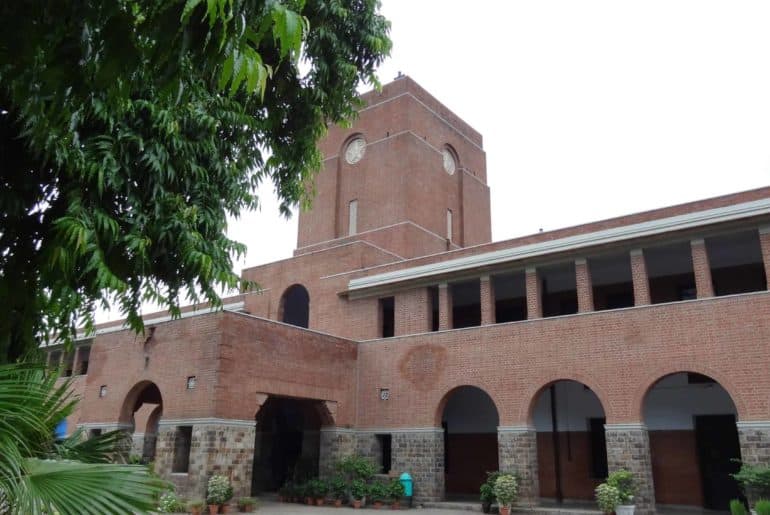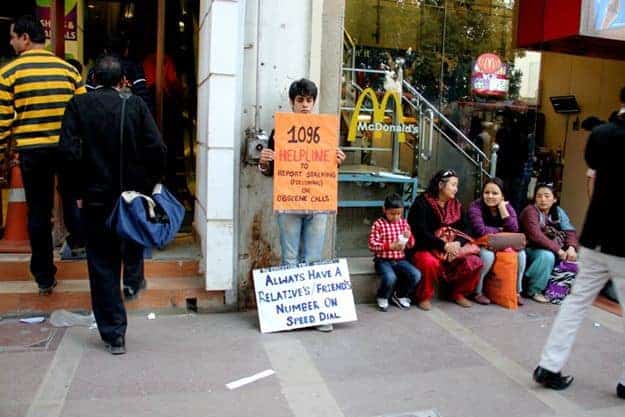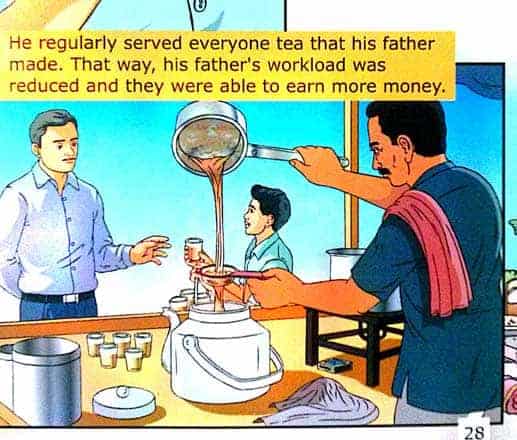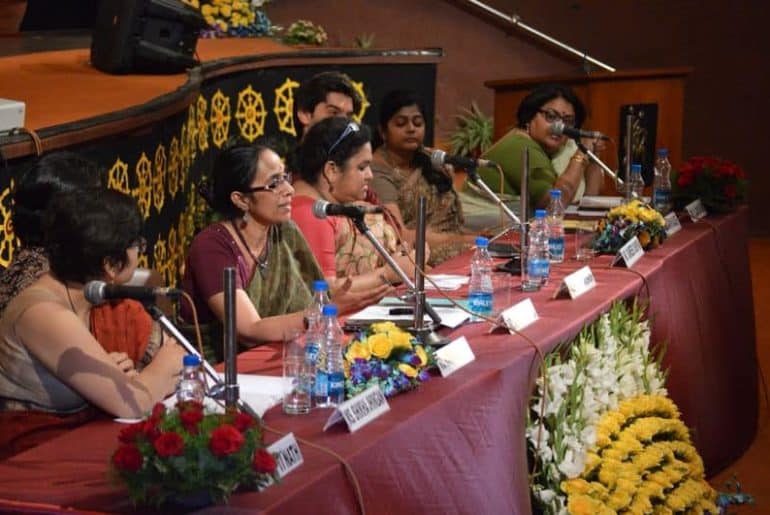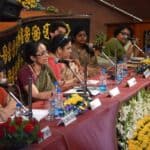“My father gave me the greatest gift anyone could give another person, he believed in me.” – Jim Valvano
They may not feature in those commercials showing a baby’s first steps, or in the ones with nutritious food for the family, but they are relentlessly there, like reassuring shadows. Not looming but towering, like pillars of solace. In their eyes you see the loving sparkle from your childhood, the watchfulness of today and a beacon for the morrow. He is the friend who supports, the teacher who motivates and the superhero that never fails to amaze you.
Today, we celebrate fatherhood, their love and inspiration, through stories that inspire us, tell us what is a father’s role like in the upbringing of a child so that we celebrate and return that greatest gift- and believe in them.
1. Every father’s prayer, every teacher’s Bile: Abraham Lincoln’s letter to his son’s teacher
“To live this life will require faith, love and courage. It is far more honorable to fail than to cheat. Teach him there is no shame in tears. Teach him to listen to everyone. Teaching him – but gently, if you can. He is such a nice little boy and he is my son.”
2.Imparting knowledge, imparting compassion, leading by example: ‘Letters from a Father to His Daughter’ by Jawaharlal Nehru
“I am going to write you short accounts of the story of our earth and the many countries, great and small, into which it is divided and I hope these will make you think of the world as a whole and of other people in it as our brothers and sisters.”
3. Of everlasting love and a heart that forgives: The Prodigal Son- The Holy Bible
“I will get up and go to my father, and will tell him- Father, I have sinned against heaven, and in your sight. I am no more worthy to be called your son. Make me one of your hired servants.”
He arose, and came to his father. But while he was still far off, his father saw him, and was moved with compassion, and ran towards him, and fell on his neck, and kissed him.

4. On life, boys, insects and courage: Letter to Scottie by Scott Fitzgerald
“All I believe in, in life is the rewards for virtue (according to your talents) and the punishments for not fulfilling your duties, which are doubly costly. If there is such a volume in the camp library, will you ask Mrs. Tyson to let you look up a sonnet of Shakespeare’s in which the line occurs- Lilies that fester smell far worse than weeds.”

5. Raising a gentleman, and being gentle at it: Seeing a Woman: A conversation between a father and a son by Nate Pyle
“Someday I am going to have to have the conversation with my son. The one that happens after I catch his eye doing what male eyes do well – following an object of lust: I’m not telling you to not look at women. Just the opposite. I’m telling you to see women. Really see them. Not just with your eyes, but with your heart. Don’t look to see something that tickles your senses, but see a human being. “
And, this is why fathers matter. Here’s wishing them a Happy Father’s Day. Cheers to the learning, the faith and the love!
imagecourtesy: tumblr.com




